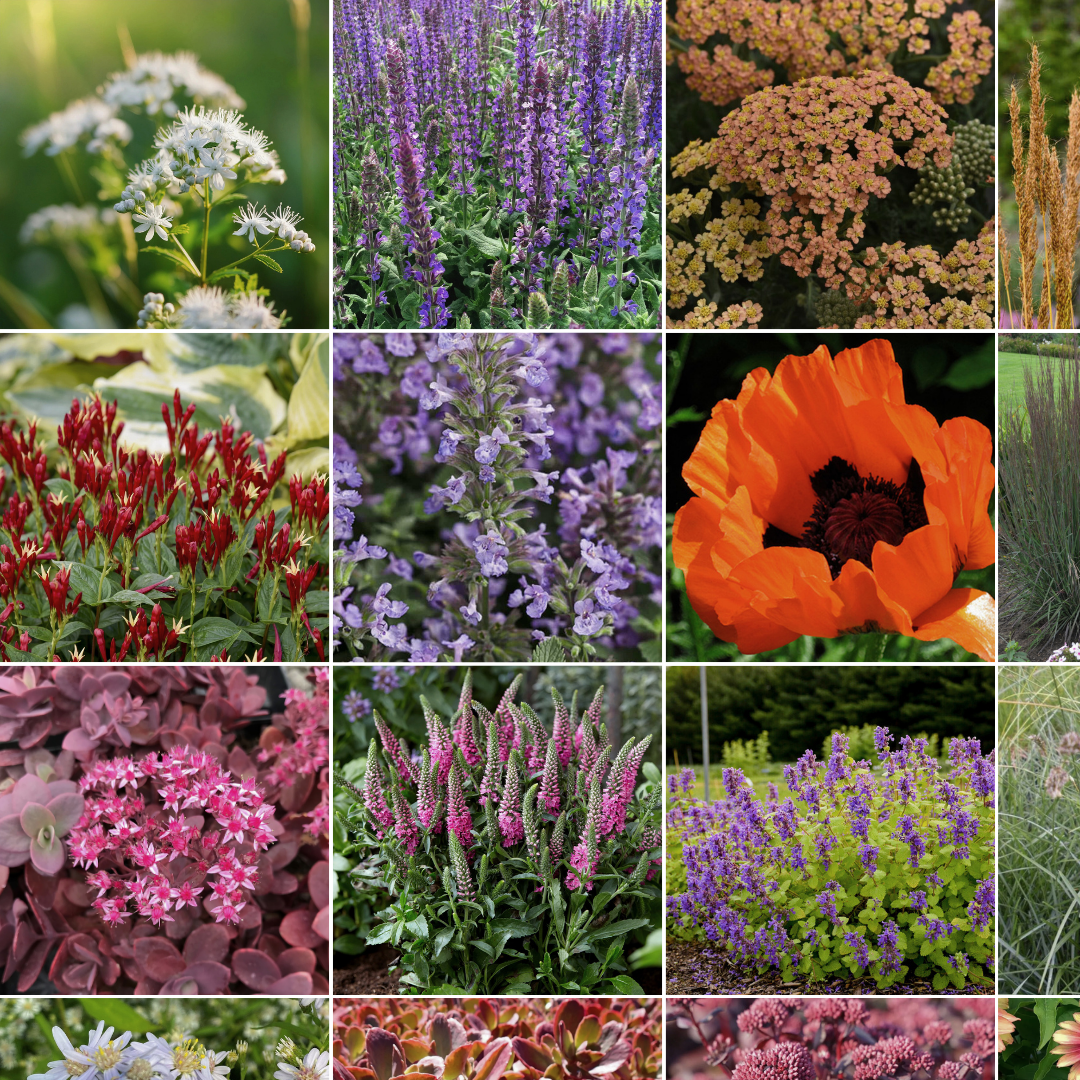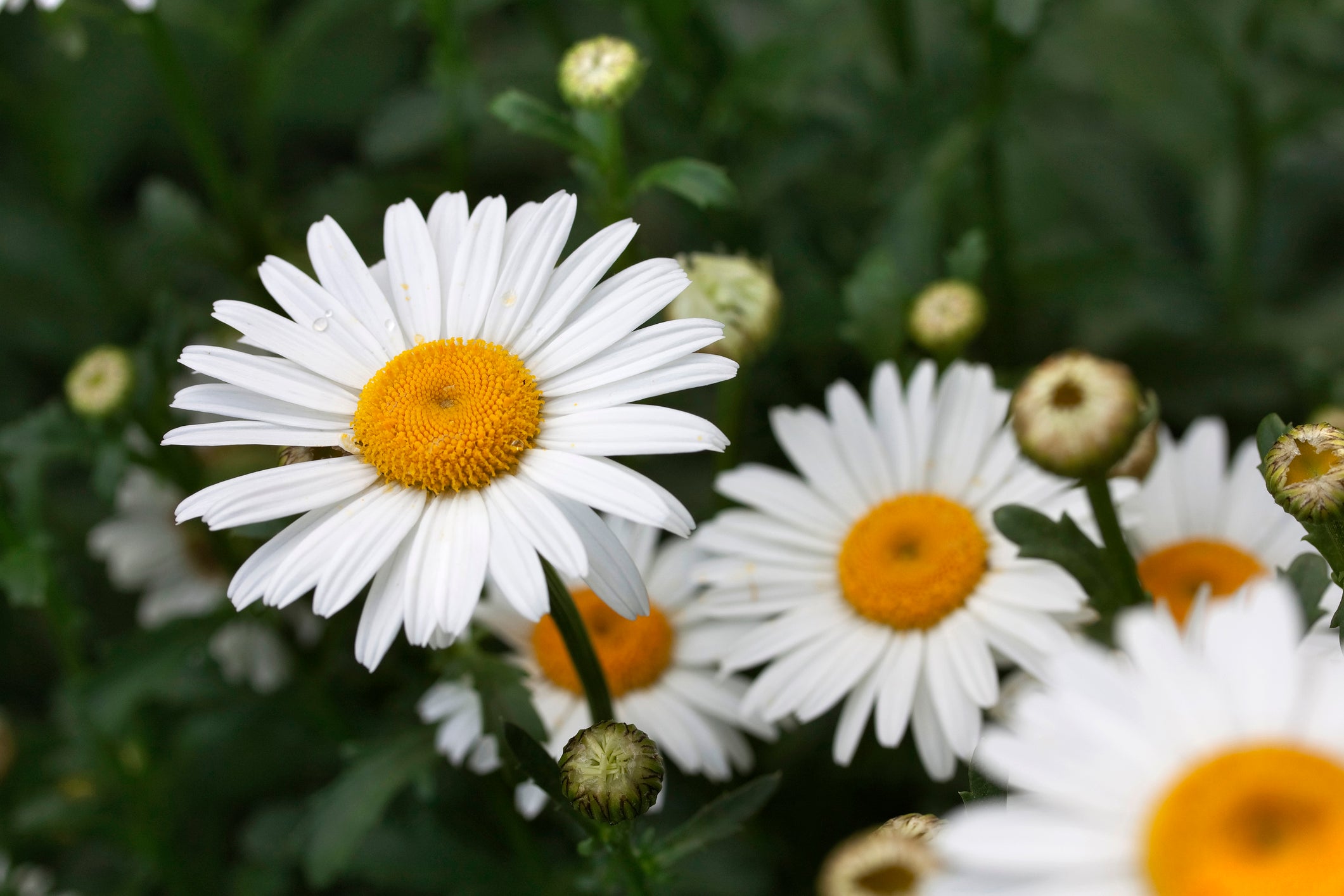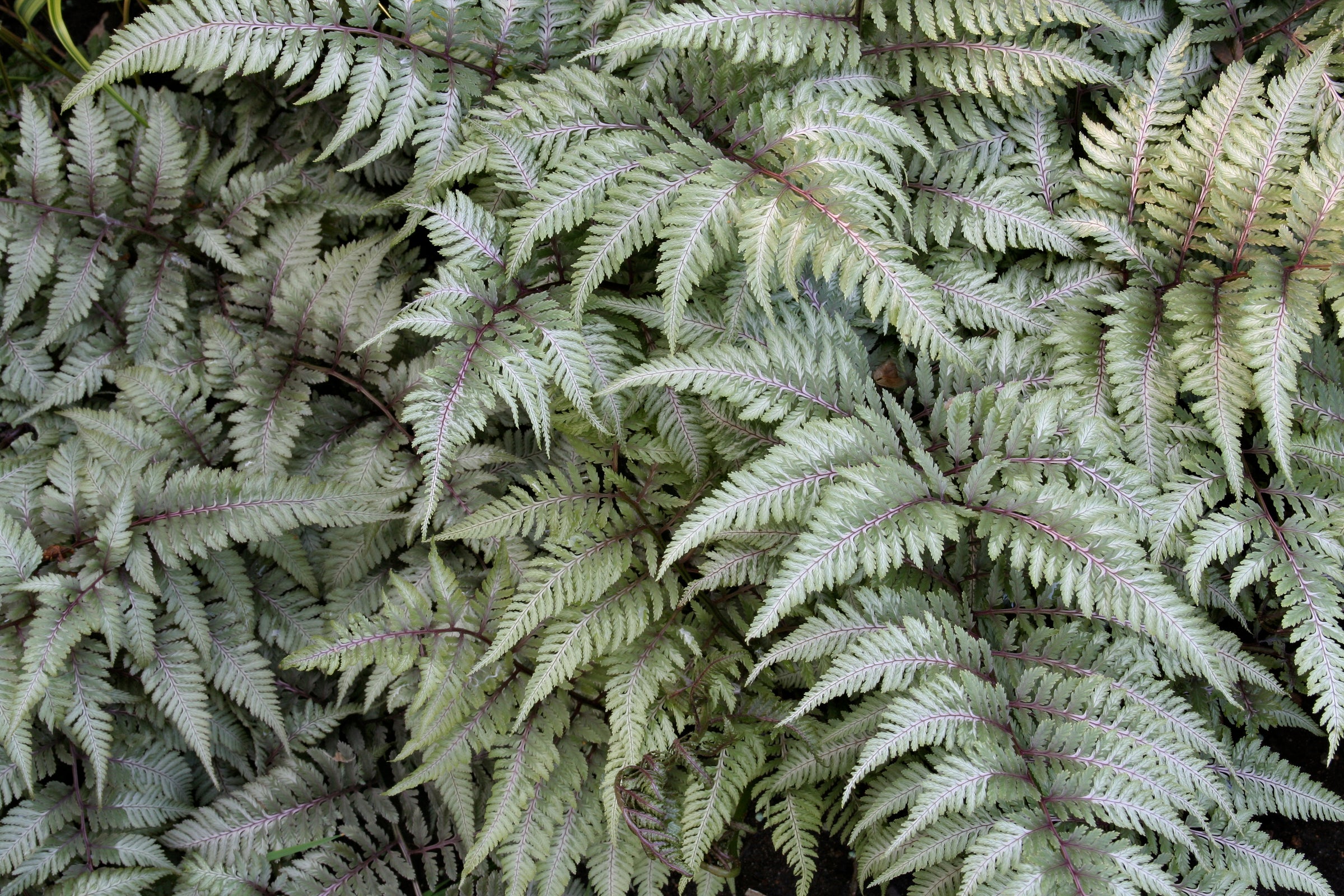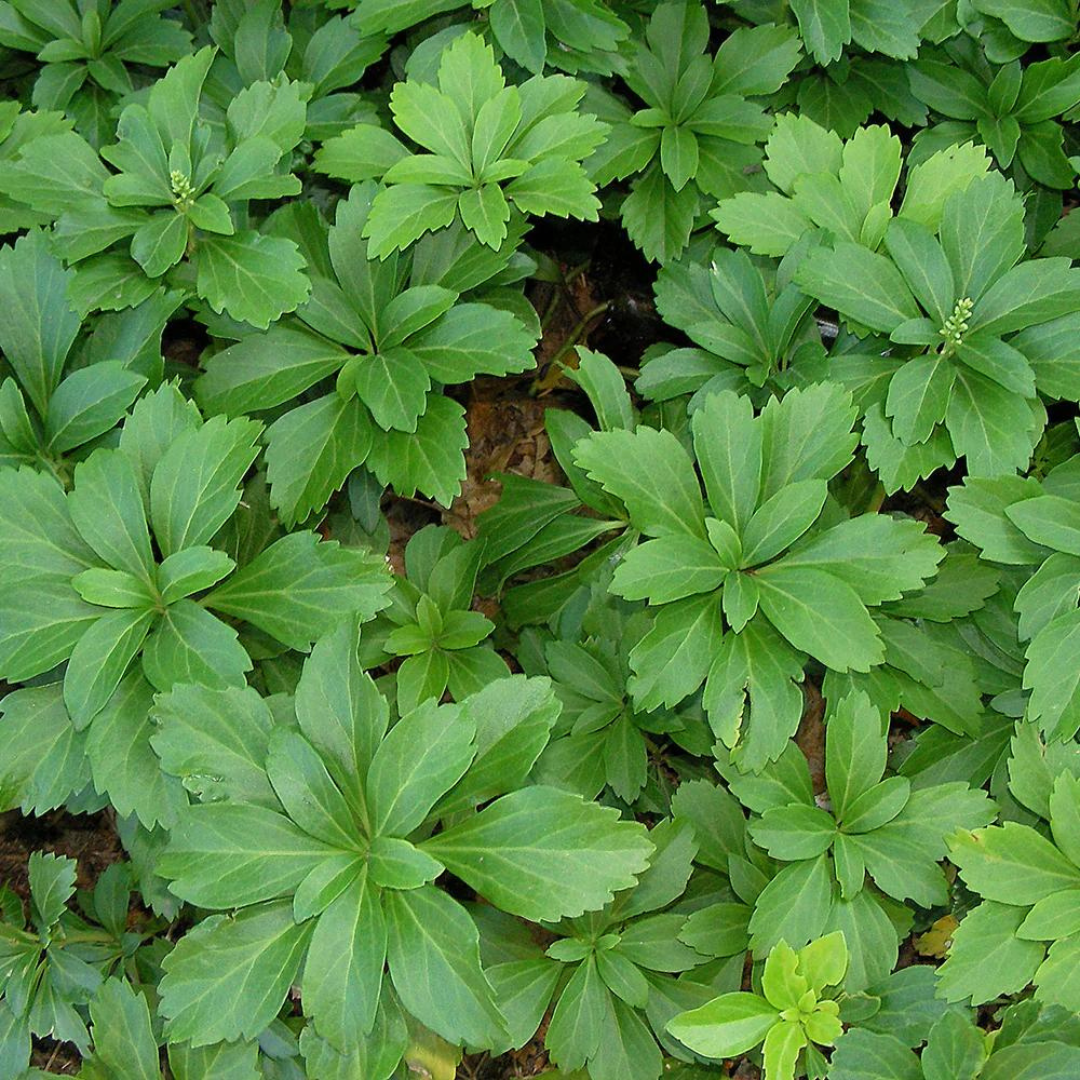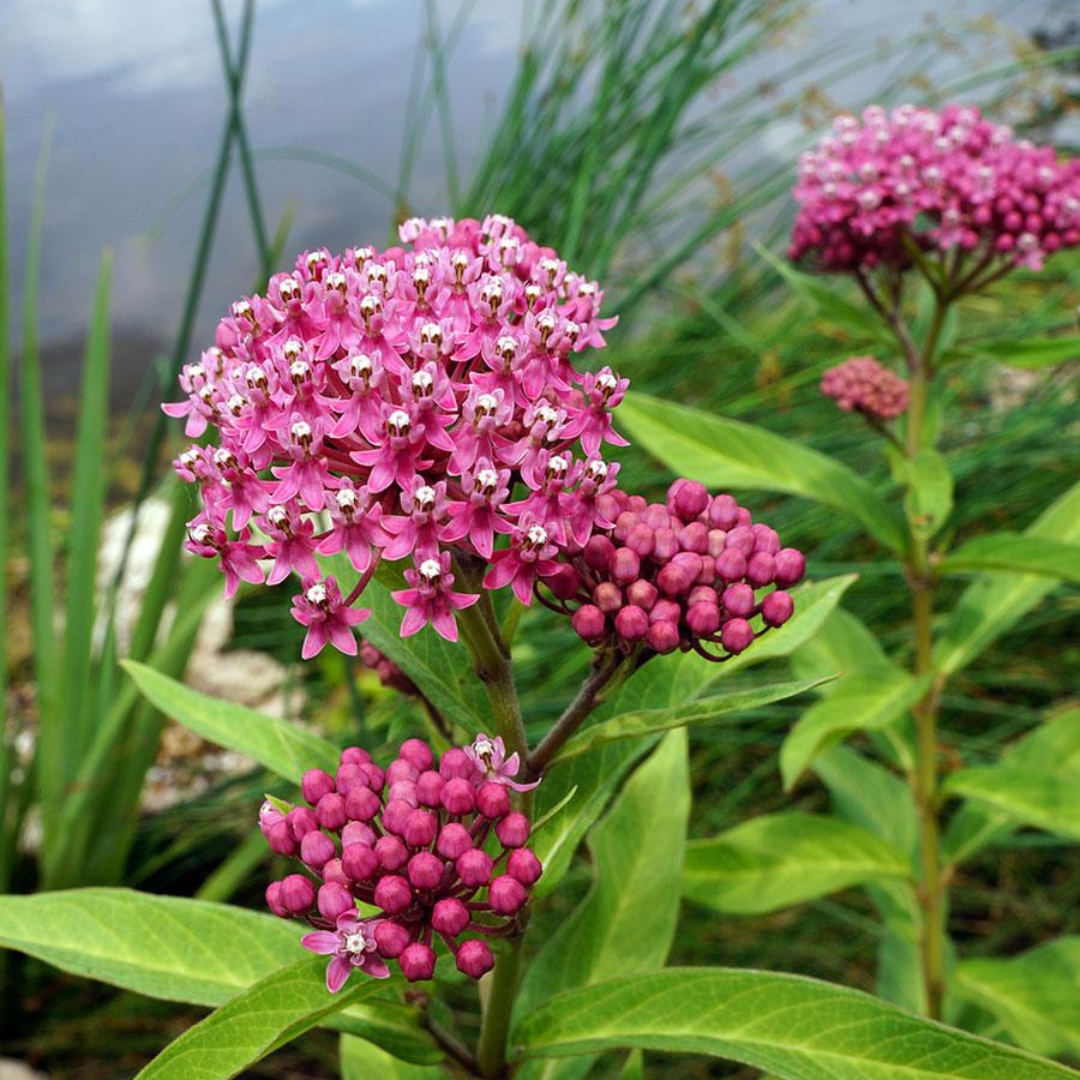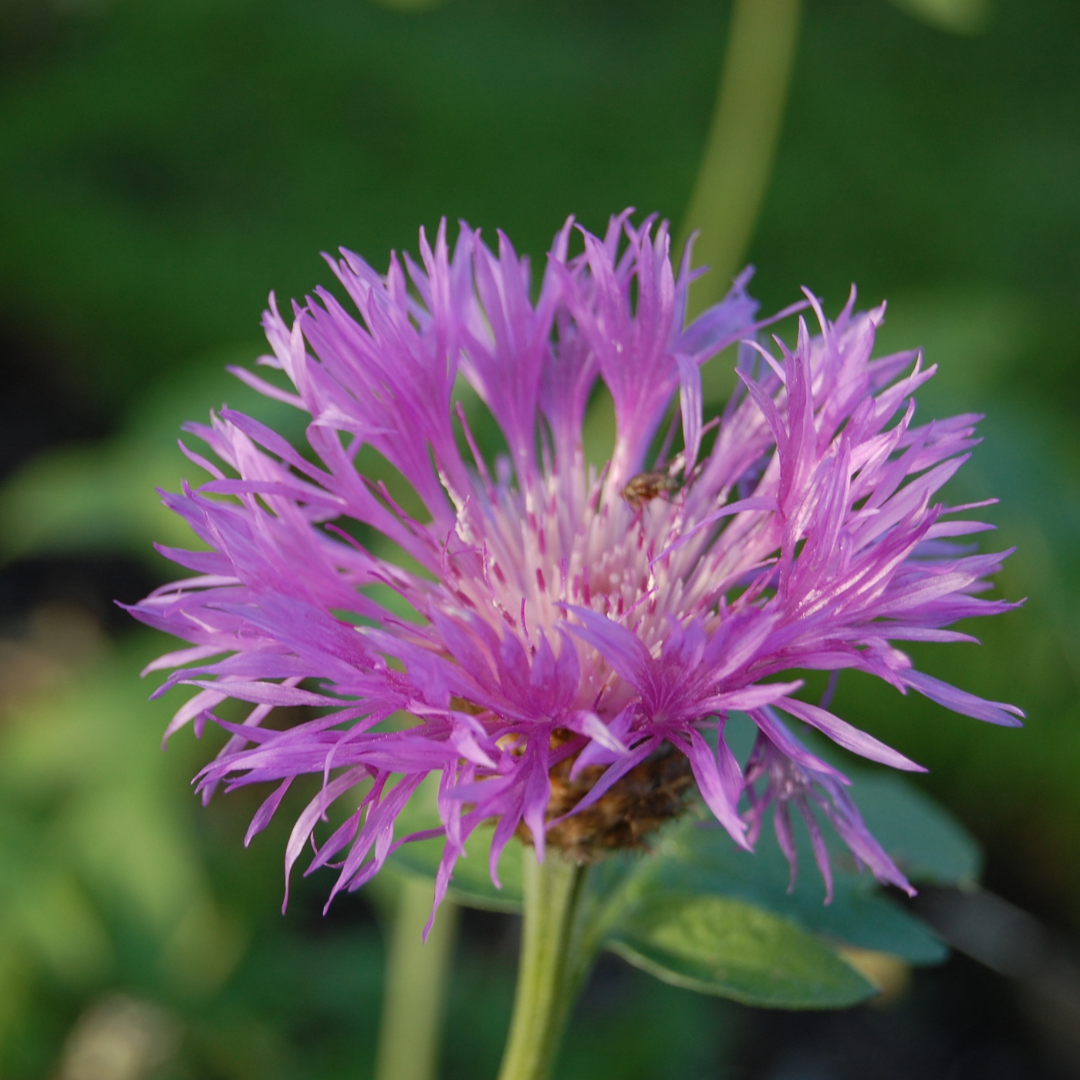
Centaurea dealbata
Add to Wishlist Full Sun
Full Sun
 Deer Resistant
Deer Resistant
 Pollinator Friendly
Pollinator Friendly
- In stock, ready to ship
- Backordered, shipping soon
Centaurea dealbata: Fringed Rose in the Summer Meadow
Graceful and finely textured, Centaurea dealbata produces vibrant pink, thistle-like blooms that float above clumps of deeply lobed, silvery-green foliage from early to midsummer. Each flower is fringed and feathery, with a soft magenta tone that glows against the plant’s cool-toned leaves. This species brings a natural elegance to sunny, informal borders and meadow-style plantings, offering excellent pollinator support and a gently spreading habit that stays well-behaved.
Plant Characteristics:
- Height: 45–60 cm
- Spread: 60–75 cm, forming a broad, mounded clump
- Flower Colour: Deep pink to magenta with a white base
- Flowering Period: Early to mid-summer
- Foliage: Silvery-green, deeply divided, soft in texture and appearance
- Sunlight Requirements: Full sun
- Soil Requirements: Well-drained, average to dry soil; tolerates poor soils and light clay
Uses and Benefits: Centaurea dealbata brings a soft, meadow-like character to mixed borders, pollinator gardens, and prairie-inspired plantings. Its blooms are a magnet for bees and butterflies, and its foliage provides a pleasing contrast to bolder textures. It naturalizes gently without becoming invasive and thrives in dry, sunny sites—making it a valuable addition to sustainable and low-input landscapes.
Companion Plants: Pair with the bold, rose-pink cones of Echinacea purpurea 'Magnus Superior', the billowing blue haze of Nepeta 'Walker’s Low', and the upright, flame-tinted blades of Panicum 'Prairie Fire' for a layered and dynamic planting that balances softness with structure.
Care Instructions: Plant in full sun and well-drained soil. Water regularly during establishment; afterwards, only during extended droughts. Deadhead to prolong flowering or leave spent blooms for seed heads and winter interest. Cut back in late fall or early spring. Divide every 3–4 years to maintain vigour and shape.
History: Native to the Caucasus region, Centaurea dealbata has long been valued for its combination of ornamental foliage and brightly coloured blooms. Its ability to thrive in lean soils and resist deer make it a practical choice for North American gardens, where it contributes a soft, cottage-style charm.
Final Thoughts: With feathery blooms and silvery foliage, Centaurea dealbata lends a refined, romantic presence to the summer garden—graceful, tough, and full of quiet pollinator magic.


